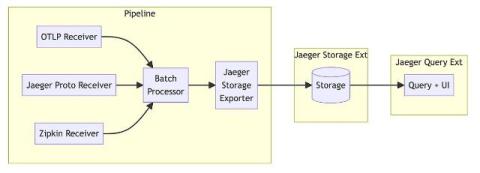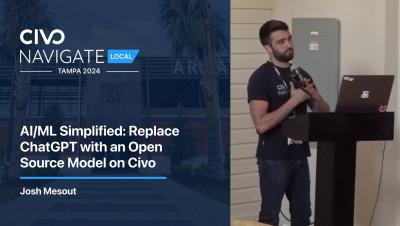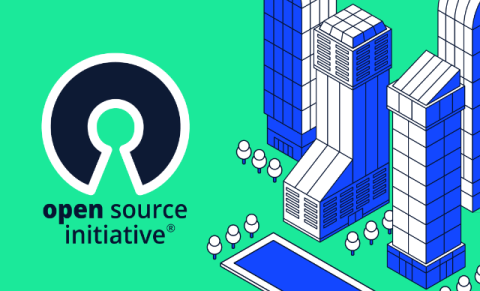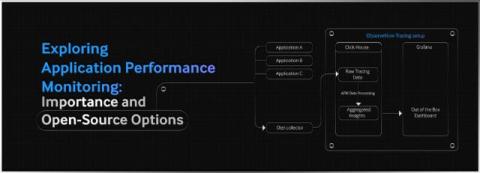Open source driving the future of EV charging
Canonical announces collaboration with DFI and PIONIX The global transition towards electric vehicles (EVs) marks a major shift in the ongoing efforts against climate change and towards sustainable energy solutions. With EV sales skyrocketing to 14 million units in 2023, the demand for efficient and reliable EV charging infrastructure has never been more pressing. Addressing this need requires innovation, collaboration, and the use of cutting-edge technology.











